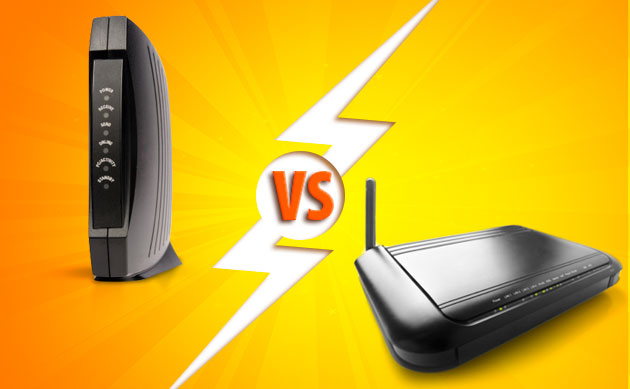Which is the better broadband connection—digital subscriber line (DSL) or high-speed cable Internet? Read on and decide.
DSL packs data and transfers them across copper wires already installed in homes and businesses. The connection travels from a telephone switching station to the home or office. Cable Internet connection, on the other hand, is the broadband connection that operates over cable TV lines.
In Terms of Cost
Price is usually the deciding factor when selecting internet service providers (ISPs). DSL is normally the less expensive broadband option compared to cable Internet. Since bundling is offered by most phone and cable companies, signing up for bundled deals that include phone or cable television subscriptions can lower the cost of broadband internet service.
In Terms of broadband Connection Speeds and Range
Speeds are dictated by the ISPs, but since the coaxial cable used by cable television providers delivers greater bandwidth than telephone lines, cable Internet connection can then support faster speeds than DSL.
Cable Internet providers generally offer faster download rates and higher bandwidth upper limits because DSL speeds are determined by the user’s distance from the central office of the phone company. With DSL, the farther you are from the nearest hub, the slower your connection speed.
It’s interesting to note that cable modems can deliver fast speeds as long as the cable infrastructure that supports the data transfer is well maintained or is new. The performance of cable Internet connection can degrade over time when more homes are included in the cable modem termination system (CMTS), the equipment in the cable company’s hub used to provide high speed data services. CMTS is the counterpart of a DSL network’s digital subscriber line access multiplexer (DSLAM). The phenomenon of speed and performance degradation cannot happen in a DSL network, where each home has a dedicated circuit.
In Terms of the Complexity of Installation
When you want to get cable Internet, all you need to do is to call the cable guy to get the line installed. Then you simply connect that line to the cable modem.
With a DSL installation, you need to have a phone line and a DSL modem. Plus, you may also need to place filters on additional phone jacks.
In Terms of Security
DSL offers a higher level of security than cable Internet. The reason is that the cable ISP’s bandwidth is shared with other homes within the coverage area. This sharing can lower the connection speed.
If you opt for a DSL connection, for instance, your connection is not shared anywhere between your location and the nearby hub.
A cable Internet network is classified as a radio frequency (RF) network, so it is susceptible to interference problems. With a cable Internet connection, you are also much more prone to service attacks, service theft, and eavesdropping. But for most people, both DSL and cable internet are “secure enough” for their usual online activities.
The price, speed, and overall performance of both DSL and cable Internet connections are not always governed by the nature of technology that supports them. The ISP also plays a key role. When deciding between the two, you must always keep in mind the reputation of the service provider that supplies them.
K. Ong the author of this article points out the differences between dsl and cable internet as offered by the main providers such as o2 broadband
